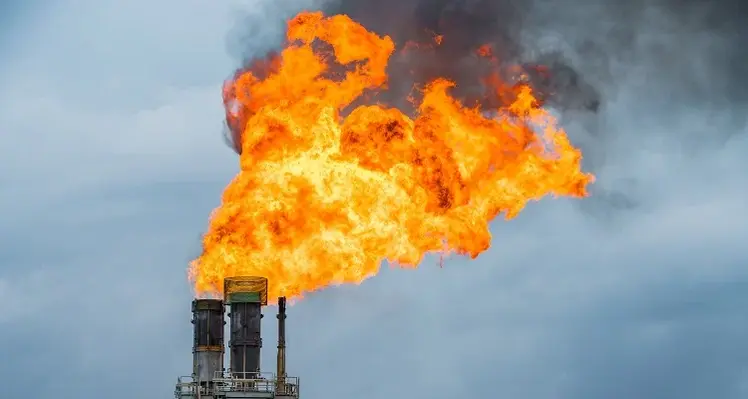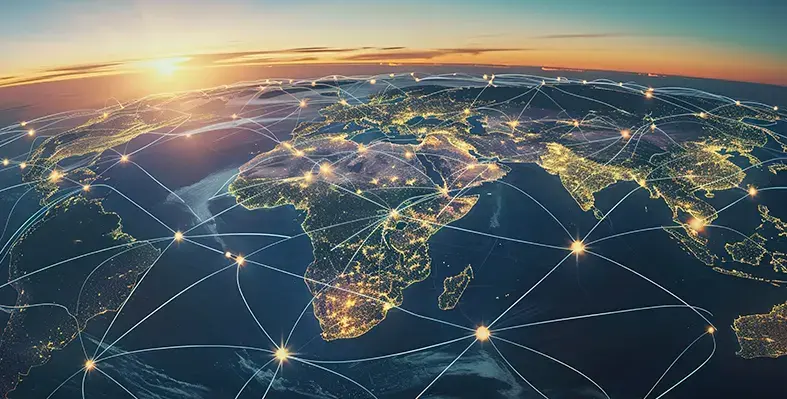KBR has secured a two-year extension of its engineering, procurement, and construction management (EPCM) contract with Basra Oil Company (BOC) for the Majnoon Oil Field
Under the contract, KBR will continue to provide comprehensive EPCM services to help BOC sustain production capacity, enhance operational efficiency, maximise local content, and progress continued safety improvements.
The Majnoon Oil Field is a super-giant oil field located 60 km from Basra in southern Iraq. It is one of the richest oil fields in the world with an estimated 38 billion barrels of oil in place. Iraq’s state-run Basra Oil Company operates the field with support from China’s Anton Oil and KBR.
"This contract extension is a testament to the strong working relationship between KBR and BOC, and further reinforces KBR’s ongoing commitment to Iraq’s national energy strategy and the sustainable development of the Majnoon field, one of the most strategic assets in the country," said Jay Ibrahim, president, KBR Sustainable Technology Solutions. "KBR is committed to support local development and contribute to Iraq’s long-term domestic capacity enhancement."
“KBR will continue to be our strategic partner in EPCM projects in Majnoon, successfully supporting our long-term development goals and maximizing field potential through safe, efficient, and sustainable project execution," said Kadhim Kareem, CEO of the Majnoon Field at Basra Oil Company.
KBR has a significant involvement in Iraq. Last year it was awarded a US$46mn five-year contract to provide advisory and consultancy services to Iraq’s Ministry of Planning, to support the delivery of strategic infrastructure and energy megaprojects. This includes economic planning, strategy development, feasibility studies, technical reviews and large-scale project management.
The latest contract award follows hard on the heels of a FEED contract awarded by KAR Electrical Power Production Trading FZE (KEPPT) for the development of a major fertiliser facility in Basra, including a 2,300 metric tonnes per day (MTPD) ammonia production unit and a 3,850 MTPD urea production unit.













